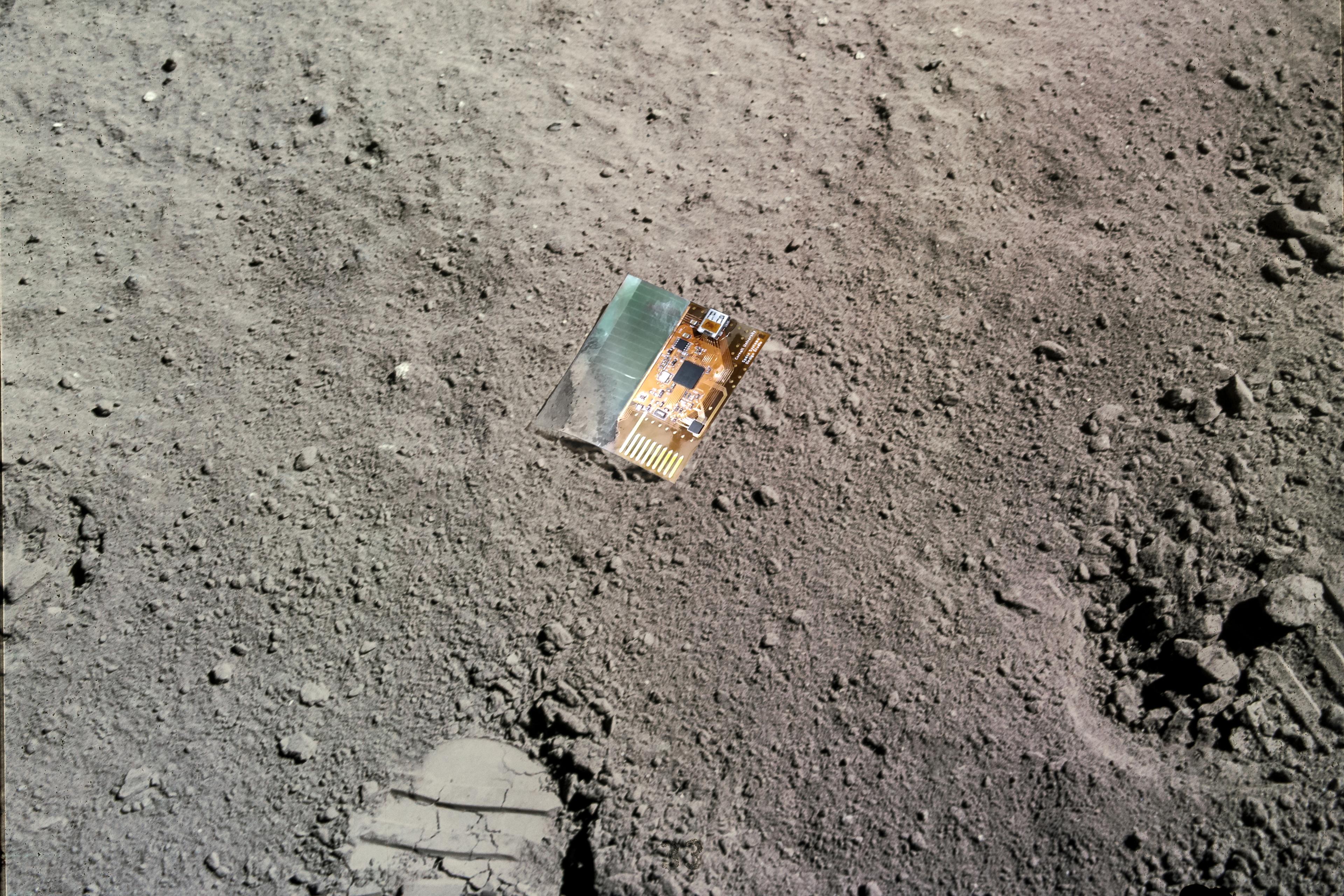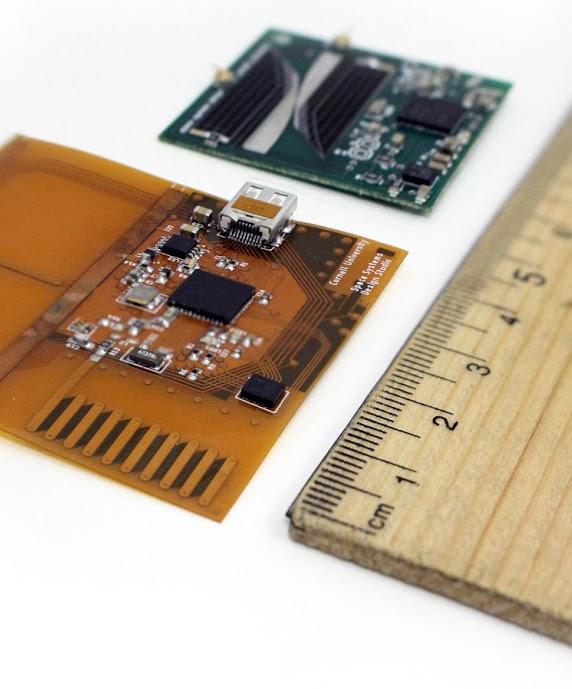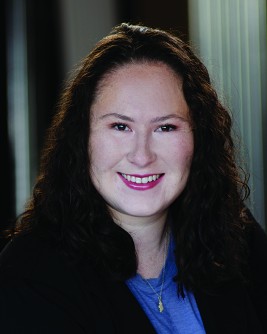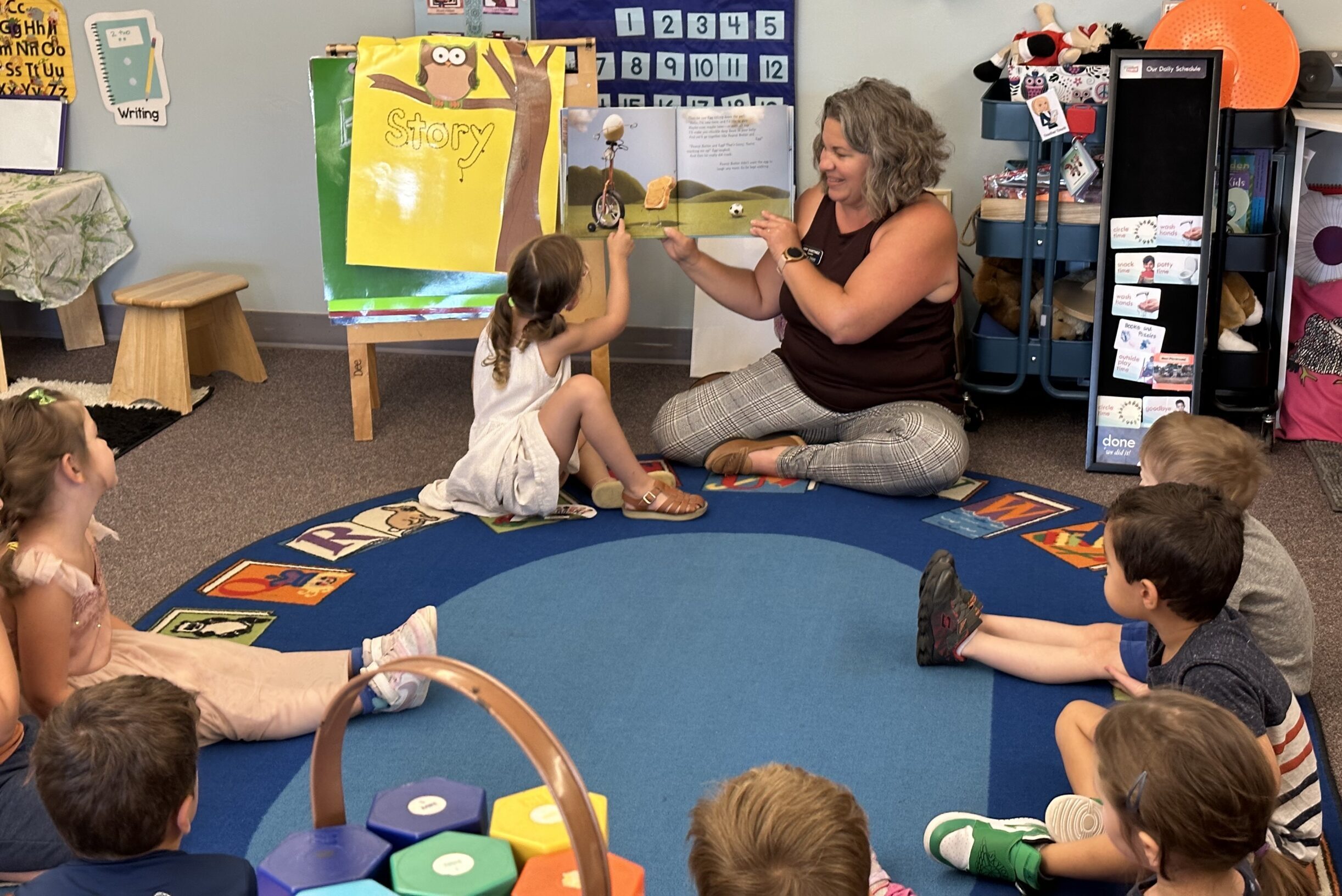
A team of a dozen University of Colorado students is designing a mission to the moon for 500 Post-it note sized spacecraft.
Each so-called LunaSat will be programmed by a team of high school or college students from around the world.
A NASA private contractor will transport the tiny spacecraft to the moon, where they will collect data across the moon's surface, according to Sophie Orr, the student program coordinator for the Colorado Space Grant Consortium.
"Any high school or college can have students apply to be on the payload," she said. "We really do want to engage the entire globe. Our goal is to have at least one team from every country in the world. We always consider the major space players as those that are sending things to the moon, but we want to be able to inspire students in other countries where they haven't sent anything to space so they have a feeling that they belong on the global stage during this new space age."
Once the LunaSats are dispersed across the lunar surface, the 500 devices will conduct a coordinated science experiment. Orr said lunar scientists are helping develop that experiment.
The students on each of the 500 teams will also get the opportunity to design their own smaller experiment, Orr said.
The LunaSats are three square inches and flat. They will carry an array of sensors including a temperature sensor, light sensor, magnetometer and more for the students to use on their projects.

One possible experiment, Orr said, would be to use the solar panels on top of the LunaSats to track the movement of dust across the moon's surface.
The devices were designed by a lab at Cornell University and have already been tested in space. The mechanism that will distribute the LunaSats will be designed by the CU student team. After that, the devices will be loaded onto a rocket and shot into space.
The goal is to have the spacecraft on the moon by 2023, but it's going to cost more than $5 million to get a place on the rocket plus other costs. The team is working to get grants to cover the costs.
The program will be free for all the student participants.
The 12 CU students don't only consist of engineering majors, Orr said. They have computer science and humanities majors on the team too. Plus, there's a business student who is helping with marketing and vying for grants.
"Space seems really far away, both literally and figuratively, for a lot of students," Orr said. "A lot of them never even consider that they could do something space-related. When they look at the moon they'll be able to say, 'I put something there' and realize that it is within the realm of possibility."









